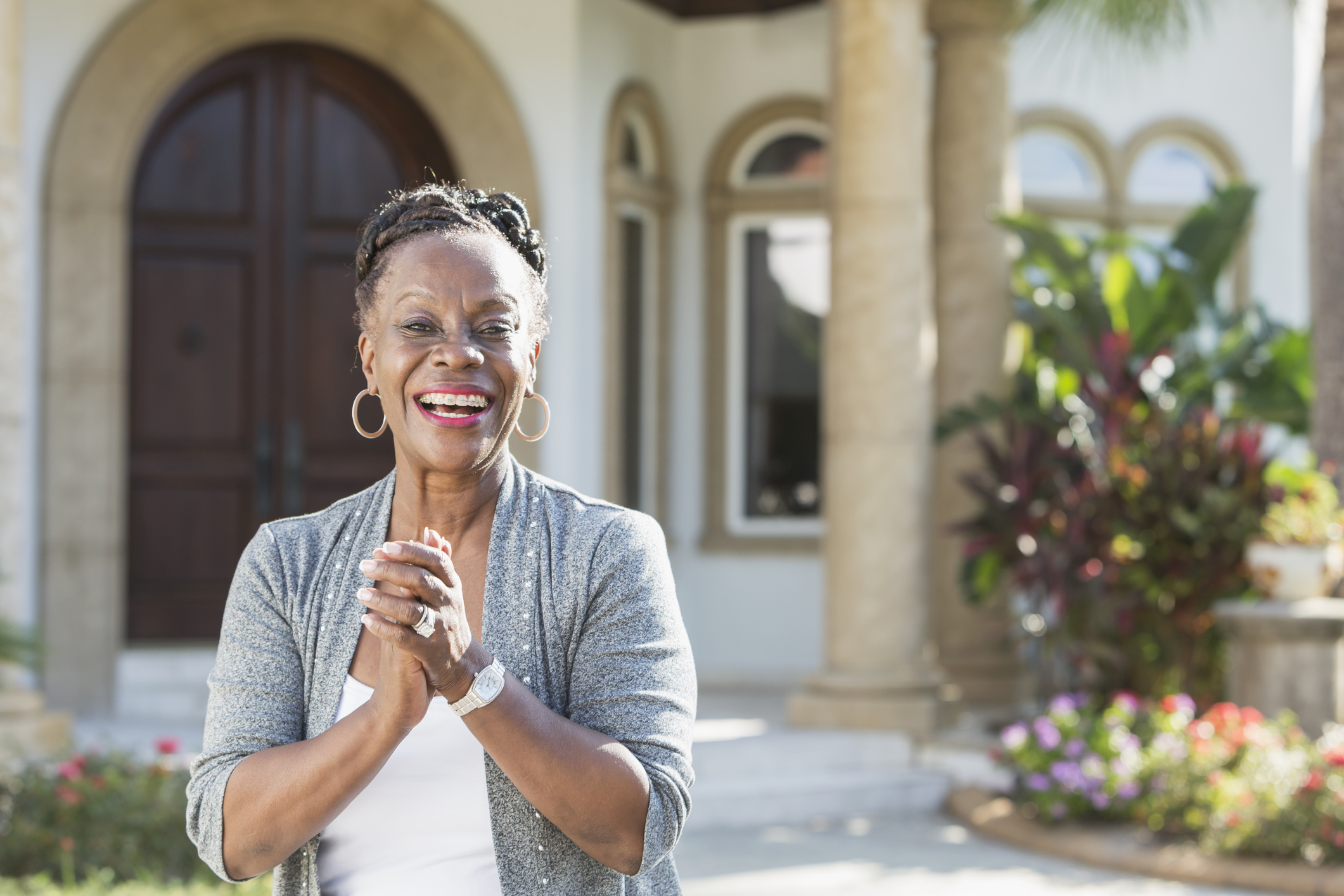
How Supply and Demand is Changing Metropolitan Senior Living Markets
The adage “all real estate is local” is true for all sectors, and especially for senior living markets. It is always wise to know the national trends and outlook for the industry, but it’s far more important to know your market conditions. This is in part because broader trends may diminish new opportunities for owners and operators to diversify their investment.
Let’s review current trends and third quarter 2018 data, and discuss how to differentiate yourself in increasingly competitive markets.
Metro Markets: Changes in Stock and Occupancy
According to the National Investment Center, the senior housing occupancy rate remains at a six-year low of 87.9 percent. However, not all markets are weak. There is currently a wide range – 13.8 percent – of occupancy rates between the best and poorest-performing markets – San Jose and Houston, respectively. Nationwide, there are vast differences between stock and occupancy rates in major metropolitan areas.
Dallas, Chicago, Houston, Minneapolis, and Atlanta had the most unit inventory gains over the past three years, followed by Washington, D.C., New York City, Detroit, Phoenix, and Boston. These top 10 markets accounted for 63 percent of inventory growth. However, in many of these markets, the pace of new inventory has exceeded demand and occupancy has fallen 2 to 6 percent. Demand is expected to finally start catching up as there are now fewer new projects under construction.
On the other end of the spectrum are several markets with relatively little recent inventory growth, including San Jose, Baltimore, Las Vegas, San Diego, Riverside, and Pittsburgh. As a result, these markets have seen occupancy rate improvement throughout the last three years.
Select markets now have greater amounts of units under construction today than over the past three years. Metro areas with the greatest construction changes are Phoenix, Baltimore, San Diego, Riverside, Sacramento, Los Angeles, Philadelphia, New York, and Miami. These markets should be watched and evaluated to determine if demand is strong enough to match the increasing supply.
Branding as a Differentiator in Competitive Markets
If “all real estate is local”, one of the best ways to stand out from the crowd in a competitive market is to have a strong branding platform, both online and throughout your community. What is branding? It starts with brand identity, including business name, logo, visual style, and guidelines. Branding also encompasses a comprehensive strategy that considers research, trends, competitive analysis, messaging, and brand story. Your brand platform is a cohesive way to express your value. This can be through specific colors and fonts, a revamped website design and targeted digital advertising campaign, or updated collateral and signage. Overall, it uses visual cues and creative storytelling to connect you with your ideal audience and local community.
Tell Your Brand Story with G5 to Stay Relevant in Competitive Senior Living Markets
G5 is more than innovative digital advertising and SEO. Our team includes creative experts who are ready to amplify your brand, from idea to execution. G5 Studio combines deep real estate industry experience, performance-driven creative design best practices, and a passion for sharing what makes your brand special. Plus, we have digital marketing in our DNA – the combination of inspiring creative and seamless analytics to deliver great results.
To get started, click here to download our senior living branding checklist.
Get News, Articles & Updates in Your Inbox
Thank You for Your Interest
We will be in contact soon and look forward to learning more about you and your company. Based on your marketing challenges, we’ll discuss increasing visibility into your analytics and how to generate more and better leads so you can achieve your marketing goals.
In the meantime, we invite you to check out our checklist on website accessibility. Use this checklist to start assessing the baseline accessibility of your website.
Enjoy! We’ll be in touch very soon.
